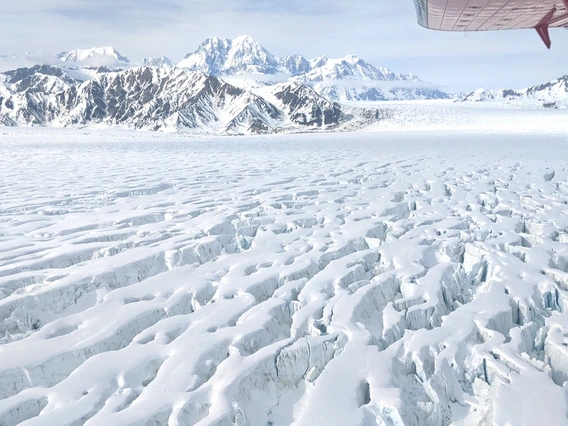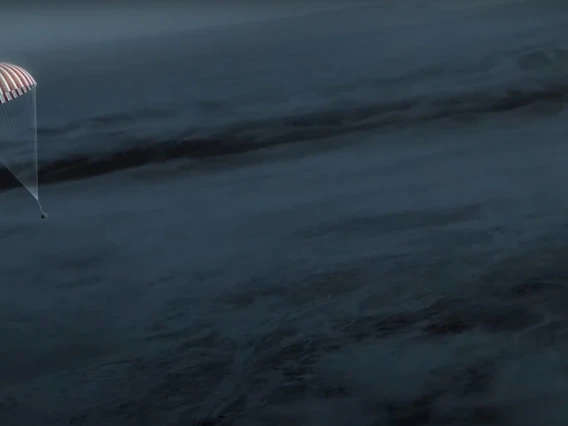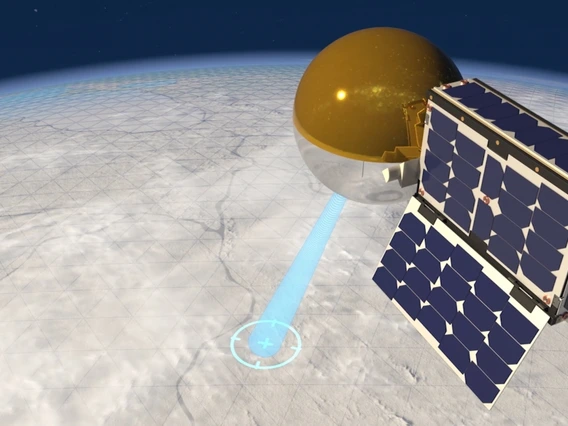LPL Newsletter for April 2023
Saturday, April 1, 2023
On Sept. 24, the OSIRIS-REx spacecraft is scheduled to parachute to Earth its capsule full of the sample collected from asteroid Bennu’s rocky surface. This is the beginning of a new journey of discovery for the OSIRIS-REx team, which will study the sample using the state-of-the-art instruments in the Kuiper Materials Imaging and Characterization Facility. To commemorate the sample return, the U.S. Postal Service has announced a new stamp honoring NASA’s OSIRIS-REx mission to deliver asteroid samples to Earth.
As we prepare to receive the Bennu sample, students, scientists, and engineers from across UArizona are preparing for the launch of CatSat, a small satellite carrying a new communications concept–an inflatable antenna–into space. CatSat employs technology developed by Rincon Research Corporation and by Tucson-based Freefall Aerospace. In addition to testing new space technology, CatSat will probe the ionosphere, a layer of Earth's atmosphere where particles from the sun collide with gas particles, creating the colorful, dancing waves in the sky known as Northern (or Southern) Lights.
Northern Lights are visible in Alaska, which is where Jack Holt, Professor of Planetary Sciences and Geosciences, his student Brandon Tober, and colleagues have been mapping the Malaspina Glacier using the Arizona Radio Echo Sounder, an instrument designed and built by the Holt team. A new paper by Tober et al. describes how the bulk of the glacier lies below sea level, undercut by channels that may allow ocean water to gain access should its coastal barrier erode. This makes the glacier vulnerable to seawater intrusion and may cause it to retreat faster than predicted. The findings underscore the glacier system's fragility, which could lead to the loss of a significant volume of ice and National Park Service land and contribute a measurable volume to global sea level rise.
Be sure to follow us on social media to keep up with LPL research.

3D radar scan provides clues about threats to iconic Alaskan glacier
UArizona scientists mapping the Malaspina Glacier have discovered that certain features make the glacier vulnerable to accelerated melting in an already deteriorating coastal habitat.

Let the countdown begin: OSIRIS-REx sample arrives on Sept. 24
Once in Tucson, the surface sample collected from asteroid Bennu, material left from the formation of the solar system, will be studied at the Kuiper Materials Imaging and Characterization Facility at LPL.

CatSat provides UArizona students with hands-on experience working with spaceflight technology
This CubeSat will demonstrate new space technology to overcome the challenge of high-speed, low-cost communication across vast distances. CatSat will also probe the ionosphere for a better understanding of the boundary layer's ever-changing structure.

